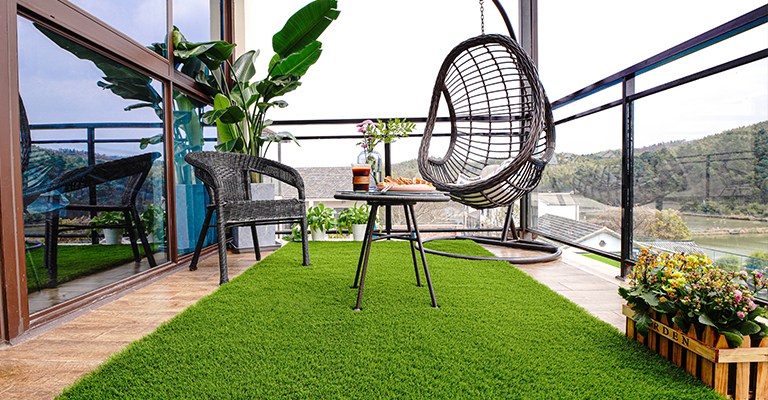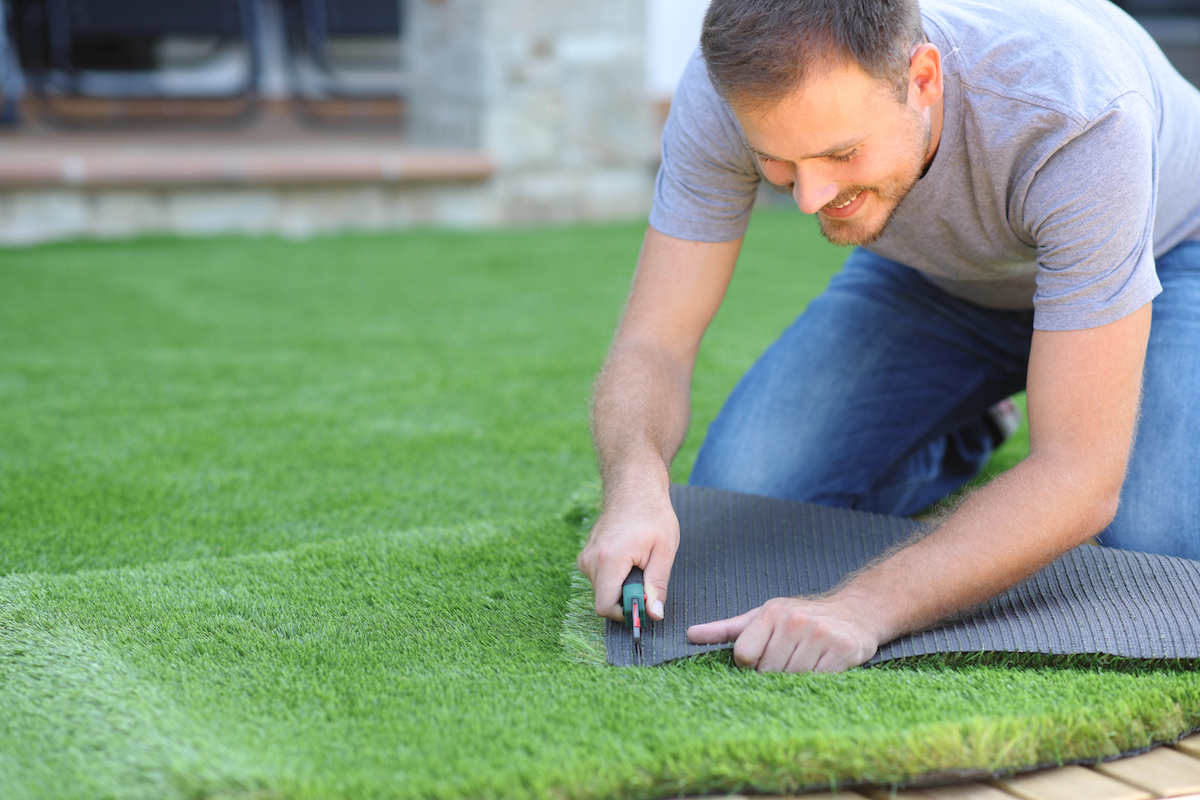Explore the Environmental Advantages of Opting for Synthetic Grass Solutions
The adoption of man-made turf services provides a compelling possibility to address pressing ecological difficulties. By considerably decreasing water use and minimizing the application of dangerous chemicals, these options not only promote sustainable landscaping but also shield neighborhood ecological communities.
Water Conservation Perks
One of the most considerable benefits of man-made turf is its ability to preserve water. In contrast, fabricated grass does not require watering, significantly reducing the total demand for water sources.
By eliminating the demand for regular watering, artificial lawn adds to lasting landscape techniques and assists mitigate the ecological effect of excessive water usage. The conservation of water prolongs to the reduction of overflow, which can lead to soil disintegration and river pollution.
In addition, the setup of man-made grass enables house owners and municipalities to allocate water resources more successfully, concentrating on crucial usages such as alcohol consumption water and agriculture. The change in the direction of synthetic lawn not only advertises accountable water use but also straightens with more comprehensive environmental objectives focused on preserving all-natural resources.
As neighborhoods significantly prioritize sustainability, the water conservation benefits of synthetic grass offer an engaging instance for its fostering in household and commercial landscaping jobs.
Reduced Chemical Usage
The shift to fabricated turf dramatically reduces the reliance on chemical therapies generally made use of in natural lawn maintenance. Typical grass management generally entails the application of pesticides, plant foods, and herbicides to advertise growth and control parasites. These chemicals can pose risks to human health, local wildlife, and the setting, adding to dirt and water contamination.
On the other hand, synthetic grass eliminates the need for these dangerous materials. As soon as mounted, it needs marginal upkeep, largely including normal cleansing and irregular infill replenishment. This reduction in chemical usage not only profits the prompt atmosphere but also adds to wider ecological security. By decreasing the launch of synthetic compounds into the community, synthetic lawn advertises much healthier dirt and water systems.
Furthermore, the absence of chemical drainage related to fabricated turf installations helps safeguard regional rivers from air pollution, supporting aquatic life and keeping biodiversity. Phoenix turf companies. As neighborhoods significantly prioritize lasting methods, going with synthetic lawn provides a practical solution that straightens with environmental preservation goals. Through this change, homeowner can delight in lavish environment-friendly spaces without endangering environmental wellness, leading the way for an extra sustainable future
Lower Carbon Footprint

Furthermore, the installment of synthetic grass can cause significant water preservation. Natural grass require considerable quantities of water for irrigation, which not only includes in the carbon footprint associated with water extraction and treatment however additionally strains local water resources. In contrast, fabricated lawn requires marginal upkeep, calling for no watering, therefore substantially lowering water usage and its associated power prices.
In addition, the durability of synthetic grass adds to its decreased carbon influence. With a life-span of as much as 15 years or even more, the need for constant substitutes is reduced, leading to less waste and reduced power consumption in production and taking care of conventional grass alternatives. On the whole, synthetic lawn offers a sustainable choice for environmentally mindful landscaping.
Habitat Preservation
Environment preservation is a vital factor to consider in the discussion over landscape design selections, particularly when comparing synthetic grass to all-natural lawn. Natural lawn lawns typically need substantial maintenance, including making use of plant foods, herbicides, and pesticides, which can adversely influence regional environments. These chemicals can leach right into the soil and rivers, harming native vegetation and fauna and disrupting neighborhood habitats.
In comparison, man-made grass provides a possibility to reduce the environmental impact of landscape design. By choosing artificial turf, property owners can minimize the interruption of all-natural environments connected with standard grass care methods. Synthetic lawn eliminates the demand for damaging chemicals, thereby securing close-by wildlife and maintaining the honesty of surrounding ecosystems. Furthermore, the installment of fabricated turf can lead to the conversion of previous grass locations into more biodiverse landscapes, such as pollinator gardens or indigenous plant locations, which can sustain regional wild animals.
Ultimately, the shift to synthetic grass not only conserves water and reduces upkeep efforts yet additionally fosters a much more harmonious partnership in between human activities and the native environment, advertising environment conservation while doing so.
Long-Term Sustainability
Lasting sustainability is a crucial factor in examining the advantages of man-made turf over typical site link lawn lawns. One of the most significant advantages of artificial turf is its durability; it can last approximately 15-20 years with minimal maintenance, whereas all-natural lawn needs constant reseeding and replacement. This long life minimizes the need for continuous resources, such as water, plant foods, and pesticides, which are important for preserving a healthy grass lawn.
Additionally, artificial turf adds to a decrease in carbon discharges connected with yard treatment devices. Standard lawns frequently require gas-powered mowers, trimmers, and blowers, all of which contribute to air pollution. Arizona artificial turf. In contrast, man-made turf removes the need for such devices, promoting a cleaner environment
Furthermore, the manufacturing of synthetic grass significantly uses recycled products, improving its sustainability profile. As makers adopt eco-friendly methods, the environmental footprint of synthetic grass proceeds to decrease.

Final Thought
The fostering of synthetic grass remedies provides considerable ecological benefits, including substantial water conservation, decreased dependence on harmful chemicals, and a lower carbon footprint. Fabricated grass help in maintaining all-natural habitats by minimizing land disturbance and advertising long-term sustainability with the usage of resilient products. Jointly, these elements underscore the possibility of synthetic lawn to contribute positively to environmental wellness and offer a viable option to typical landscaping techniques in a significantly resource-conscious globe.
In contrast, fabricated grass does not need watering, dramatically minimizing the total demand for water sources. Homepage By minimizing the release of synthetic substances right into the community, synthetic turf promotes healthier dirt and water systems.
In addition, the setup of fabricated turf can result in substantial water conservation. In comparison, artificial lawn requires minimal upkeep, calling for no watering, thus dramatically reducing water usage and its associated energy costs.
